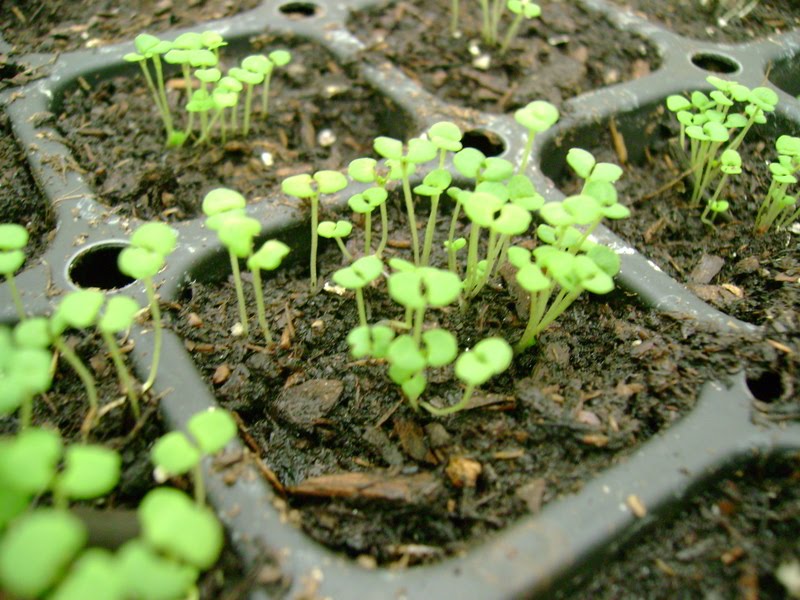Growing Rosemary & Thyme: A Beginner's Guide

Choosing the Right Variety of Rosemary and Thyme
Selecting the right rosemary and thyme varieties is crucial for success. Different varieties boast unique flavors, growth habits, and tolerances for various climates. Choosing wisely ensures a thriving herb garden.
-
Rosemary Varieties: The world of rosemary offers a diverse range, from the sprawling prostrate rosemary, perfect for ground cover, to the upright Tuscan blue rosemary, known for its intense flavor. Consider your space and desired aesthetic when making your selection. Other popular choices include 'Miss Jessopp's Upright' and 'Arp' rosemary.
-
Thyme Varieties: Thyme presents equally exciting options. Lemon thyme, with its bright citrusy aroma, is a favorite for culinary use. Creeping thyme, a low-growing groundcover, offers beautiful texture and is drought-tolerant. Consider also English thyme, known for its classic thyme flavor, and caraway thyme for a unique twist.
-
Factors to Consider:
- Climate: Some rosemary varieties thrive in hot, dry climates, while others prefer cooler temperatures. Similarly, certain thyme varieties are better suited to specific climate zones. Research your local climate and choose accordingly.
- Intended Use: Are you primarily growing these herbs for culinary use, or do you also appreciate their ornamental value? Some varieties excel in one area over the other.
- Mature Size: Before planting, research the mature size of each variety to ensure proper spacing. Overcrowding can lead to poor air circulation and increased susceptibility to disease.
Sowing and Planting Rosemary & Thyme
Whether starting from seed or cuttings, planting rosemary and thyme requires careful consideration of several factors to ensure healthy growth.
-
Seed Starting: Starting rosemary and thyme from seed indoors provides a head start, particularly in cooler climates. Sow seeds in well-draining seed-starting mix, maintaining a consistently warm temperature (around 70°F or 21°C) for optimal germination. Direct sowing outdoors is also possible once the soil has warmed and the threat of frost has passed.
-
Cuttings: Propagating rosemary and thyme from cuttings is a reliable method. Take 4-6 inch cuttings from healthy stems, remove lower leaves, and dip the cut ends in rooting hormone before planting in a moist rooting medium. Keep the cuttings consistently moist until roots develop.
-
Soil Preparation: Both rosemary and thyme thrive in well-drained soil. Amend heavy clay soils with organic matter like compost to improve drainage and aeration. Poor drainage can lead to root rot, a common problem for these herbs.
-
Planting Depth: Plant seeds or cuttings shallowly, ensuring the root system is in contact with moist soil but not buried too deeply, which can impede germination and growth.
Sunlight, Watering, and Fertilizing Your Herbs
Providing the right conditions for sunlight, water, and nutrients is crucial for healthy rosemary and thyme growth.
-
Sunlight: Both rosemary and thyme are sun-worshippers, requiring at least 6-8 hours of direct sunlight daily. Insufficient sunlight will result in leggy, weak growth and reduced herb production.
-
Watering: Water deeply but infrequently, allowing the soil to dry slightly between waterings. Overwatering is a major cause of root rot, so ensure your soil has excellent drainage.
-
Fertilizing: These herbs are not heavy feeders. Light fertilization in spring with a balanced, organic fertilizer is sufficient. Avoid high-nitrogen fertilizers, as they can promote lush foliage at the expense of flavor and essential oil production.
Pest and Disease Control for Rosemary & Thyme
While generally hardy, rosemary and thyme can be susceptible to certain pests and diseases. Proactive measures can prevent many issues.
-
Common Pests: Aphids and spider mites are common pests. Regularly inspect plants for signs of infestation.
-
Common Diseases: Root rot is the most common disease, primarily caused by overwatering and poor drainage.
-
Organic Pest Control: Employ organic methods like insecticidal soap, neem oil, or diatomaceous earth to control pests. Companion planting with marigolds can also help deter some pests.
-
Disease Prevention: Ensure good drainage, proper watering techniques, and sufficient air circulation around plants to prevent disease.
Harvesting and Preserving Rosemary & Thyme
Harvesting at the right time and using proper preservation methods will maximize the flavor and longevity of your herbs.
-
Harvesting: Pinch back stems regularly to encourage bushier growth and prevent plants from becoming woody. Harvest before flowering for the best flavor.
-
Drying: Air drying is a simple method: bunch stems together and hang them upside down in a dry, dark, and well-ventilated area. Oven drying at low temperatures is another option.
-
Freezing: Freeze herbs by chopping them finely and storing them in freezer bags or ice cube trays.
-
Storage: Store dried herbs in airtight containers in a cool, dark, and dry place. Proper storage helps preserve their flavor and aroma.
Conclusion:
Growing rosemary and thyme successfully is within everyone's reach! By following these simple steps, you can enjoy the fragrant bounty of these versatile herbs year after year. From selecting the perfect variety to harvesting and preserving your harvest, this guide provides a comprehensive approach to cultivating these culinary gems. So, start your journey today and experience the joy of growing your own rosemary and thyme! Remember to research varieties best suited to your local climate for optimal growing rosemary and thyme success. Happy gardening!

 Open Ais Uae Deal A Look At Elon Musks Alleged Intervention And The White Houses Response
Open Ais Uae Deal A Look At Elon Musks Alleged Intervention And The White Houses Response
 Rogart Vets Post Fire Relocation To Tain
Rogart Vets Post Fire Relocation To Tain
 Thach Thuc Top 20 The Gioi Tam Huyet Cua Hot Girl Cau Long Viet Nam
Thach Thuc Top 20 The Gioi Tam Huyet Cua Hot Girl Cau Long Viet Nam
 Sanofi Et Ses Comparables Europeens Evaluation Et Perspectives D Investissement
Sanofi Et Ses Comparables Europeens Evaluation Et Perspectives D Investissement
 Tallon Griekspoor Defeats Alexander Zverev At Indian Wells
Tallon Griekspoor Defeats Alexander Zverev At Indian Wells
